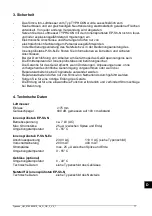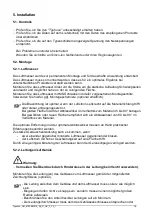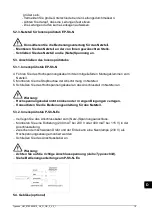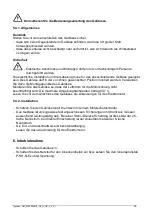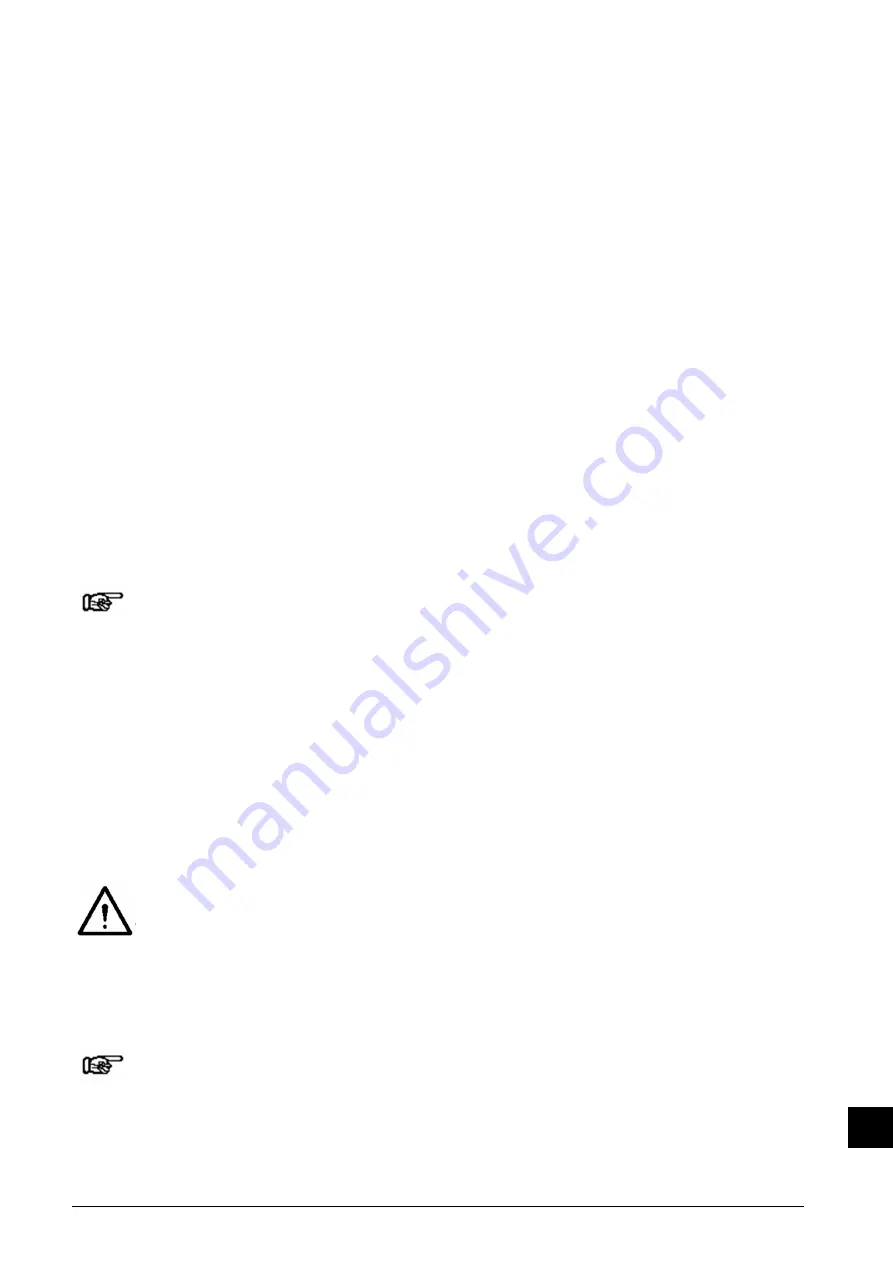
Typhoon_UM_9752903010_NL_D_GB_F_V2_1
31
GB
5. Installation
5.1. Checks
Check that the
"Typhoon"
was received undamaged.
Check that the data on the packing slip corresponds with the data shown on the product
received.
Check that the voltage shown on the rating plates corresponds with the mains voltages.
If you have any problems and/or if in doubt:
Please contact Simco-Ion Netherlands or your regional agent.
5.2. Mounting
5.2.1. Air knife
The air knife is designed for fixed mounting and permanent use.
The air knife must be fitted so that it can be adjusted to obtain optimum results for different
products.
Mount the air knife just in front of the spot where the static charge causes problems and as
close as possible to the surface to be cleaned.
Mount the air knife with M8 bolts in a mounting slot on the air knife.
If necessary, use mounting hinges for this (optional).
The blowing direction is optimum if this is perpendicular to or opposite the material
direction.
In the case of smooth surfaces, the blow-off angle should be 45°–90° in relation to
the material.
In the case of curved or rough surfaces, a blow-off angle of 80°–90° in relation to the
material is desirable.
The optimum distance and blow-off angle should be established by experimenting.
Offending noise can arise if:
- 2 air knives arranged opposite one another blow air towards each other
- The air is blown onto a surface at high velocity.
By slightly turning the air knives, however, this noise can be reduced.
5.2.2. Lines/air ducts
Warning:
Avoid overpressure due to obstructions in the line (do not use a valve)
Fit the line(s) from the blower to the air knife as shown in the
drawing/sketch supplied (option).
- The line between the blower and air knife must be as short as possible.
- Bends must have as large a radius as possible.
- Minimise the total length of flexible lines.
- Lines must have a diameter equal to or greater than the blower connection diameter.
- Prevent large differences in line diameters.
- Attach the lines securely.
- Lines must not leak.

